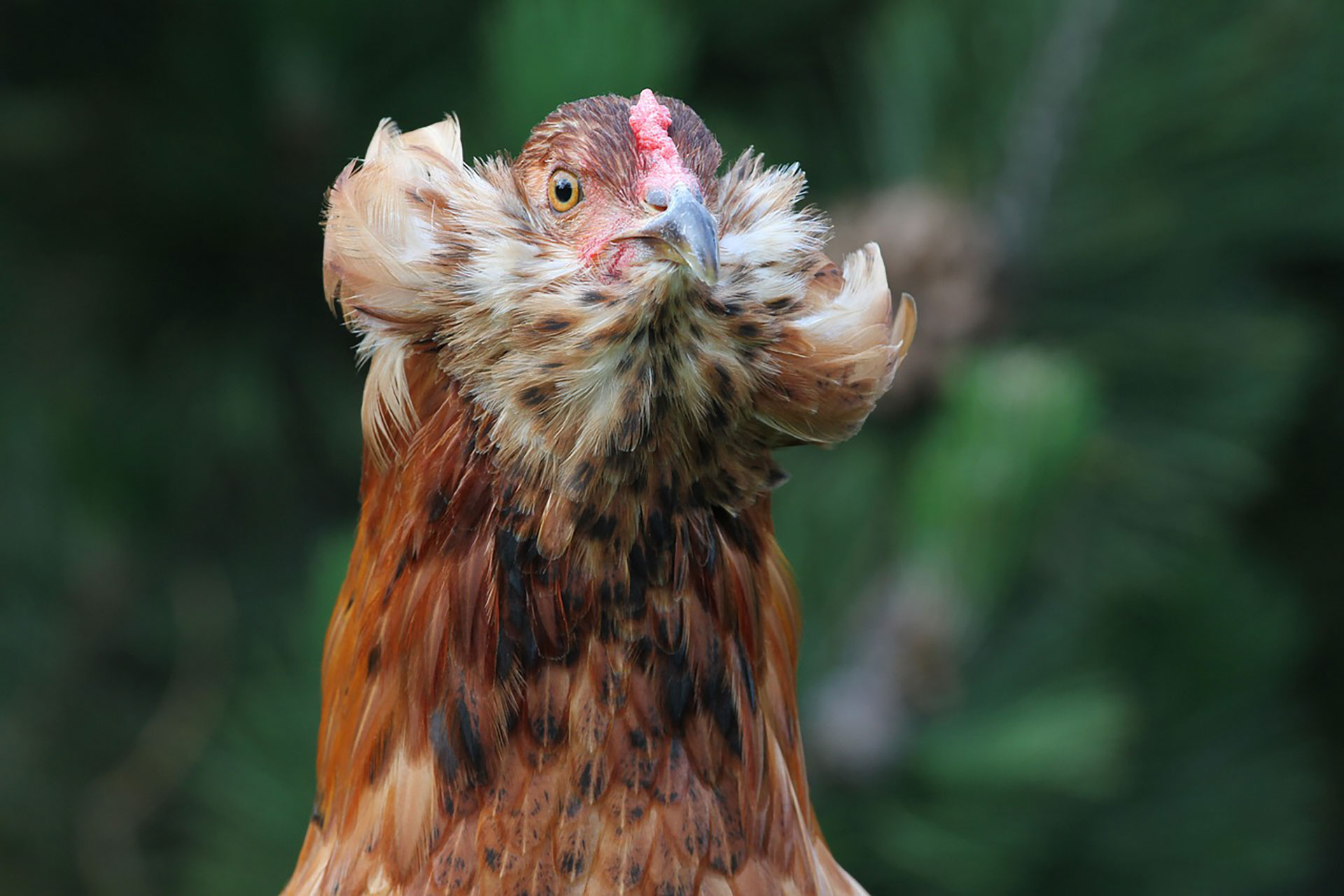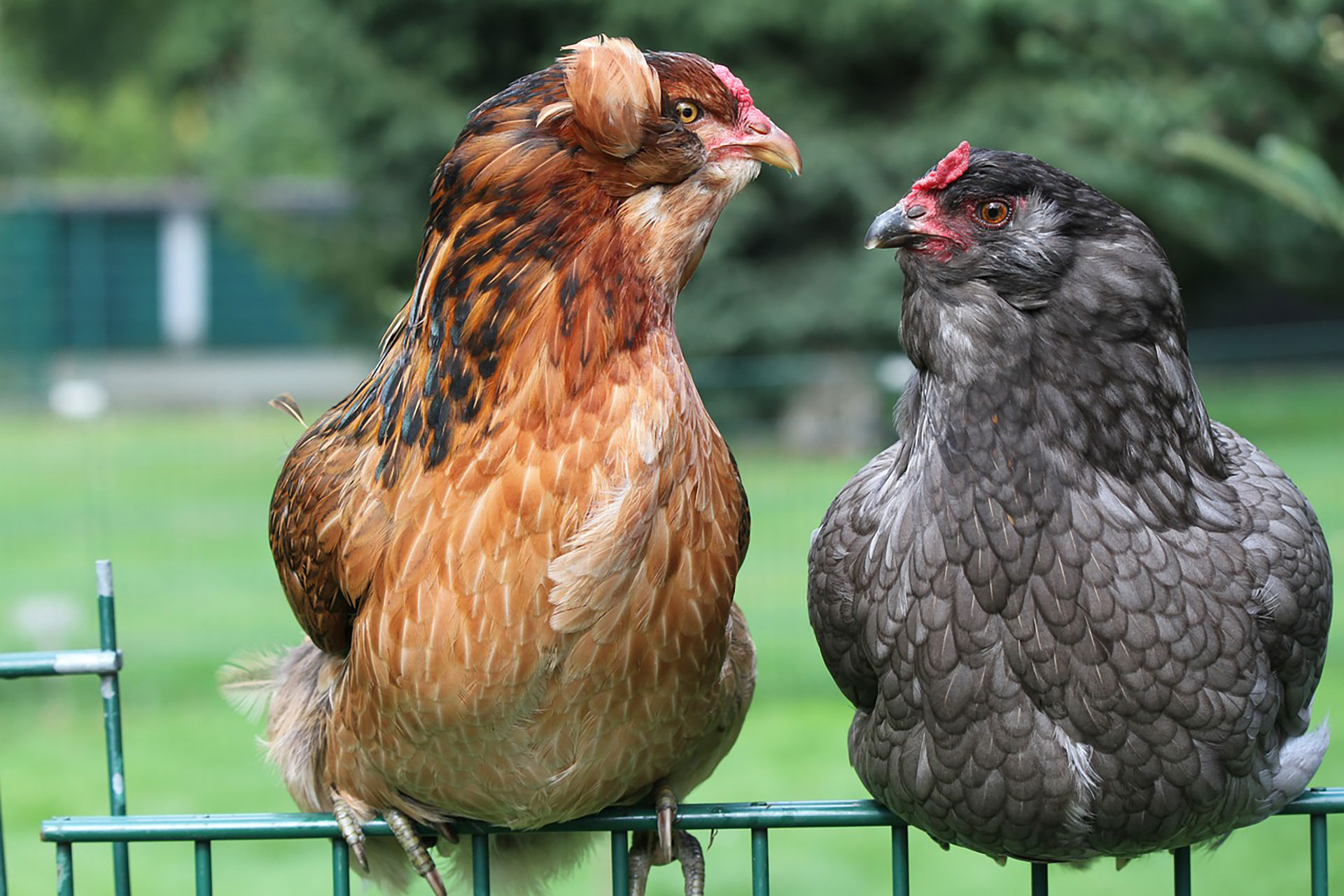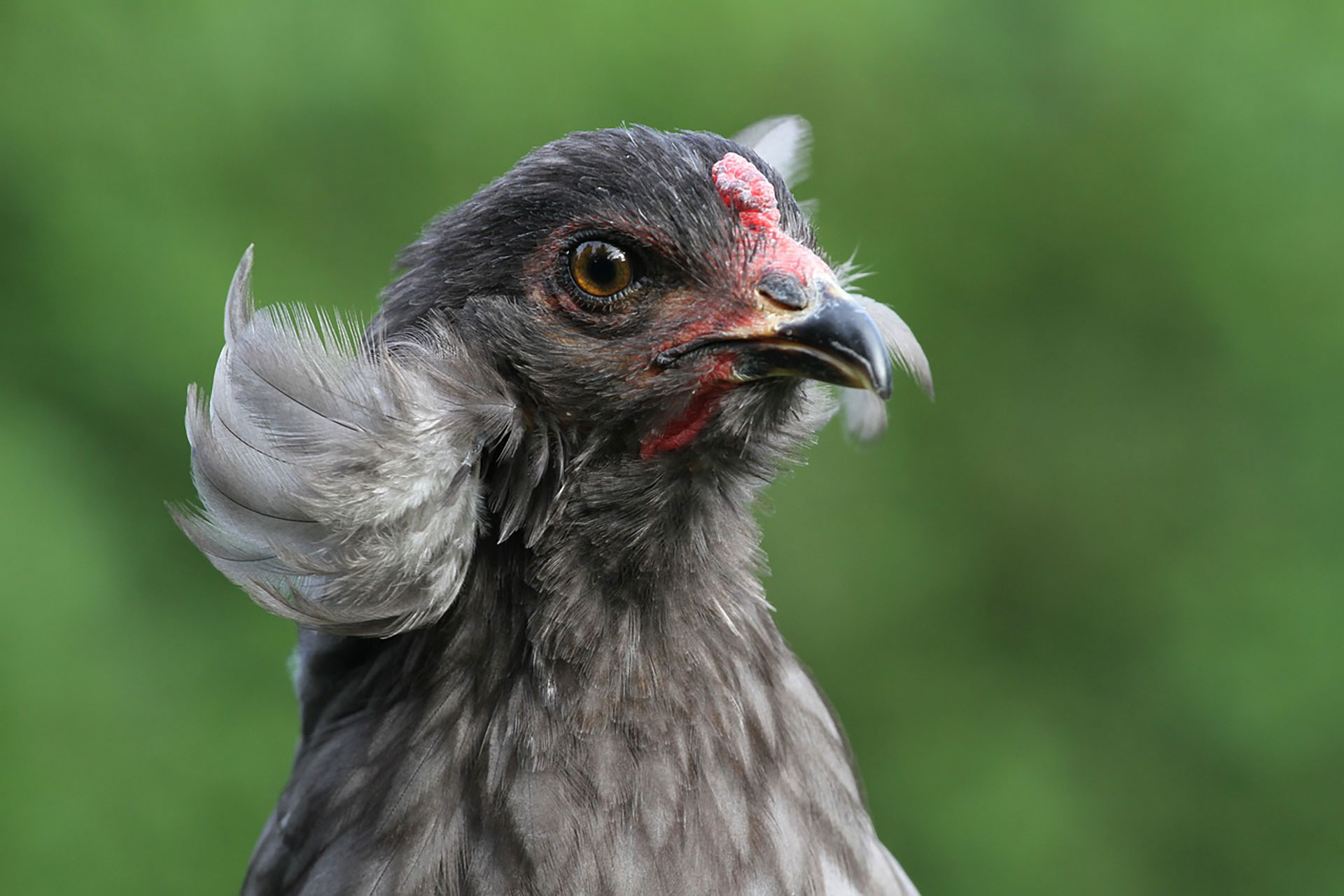The so-called poultry, such as chickens, have had an unusual impact due to the presence and spread of the scourge of bird flu throughout the world in recent months. However, there are some breeds that have physical peculiarities that generate amazement, arouse curiosity and call for dissemination about them.
One of the most astonishing is the one called Araucanian or Mapuche chickenwhich in addition to being present in many chicken coops, is a species with a unique appearance and that puts its eggs of an unusual color: blue or greenish.
The Araucanian or Mapuche chicken is often considered, due to its docility, almost as a companion animal. It is a very special bird, thanks to its particular plumage.

They are very sensitive animals and close to humans, which leads them to be bred further and further away from commercial purposes. Its origins are uncertain and respond to different versions, there being some mythical beliefs about its eggs.
It is assumed that the Araucanian or Mapuche chicken comes from the tribes of those native peoples who inhabited the territories of Chili and Argentina. It is a very old bird, of which there are records dating back to 1500 AD
“Just like human beings we have different characteristics that identify us: complexion color, hair color, eye color, or different features. There are chickens of different breeds that lay eggs of different colors. This is how a breed of chickens called Araucanas, coming from indigenous peoples, lay “currently striking” and colorful eggs in light blue and green tones,” explained Lucia Calogero and Santiago Juana from the Bien de la Tierra field.

“Historically, there have been different types of chickens and at one point all this was standardized, and the majority remained chickens that lay red or white eggs. Somehow the light blue or green eggs were not attractive for consumption or it was doubtful if they were in bad condition”, they added.
“In the Bien De la Tierra field where we produce agroecological food, we began to reproduce this breed of chickens to obtain their eggs and thus vindicate the natural differences that occur in the animal sphere. These Chickens are less domesticated and more resistant. The nutritional quality of the eggs and their flavor is exactly the same as that of white and colored eggs. But the interesting thing about knowing that there are different colors of eggs is that it reminds us of the variety that nature offers us when we leave it like that, in freedom”, highlighted Calogero and Juana.
It is said that the inhabitants of those territories created this breed based on two breeds of chickens introduced by the conquerors. And, as if that were not enough, to add another piece of information to the confusion about their origin, thanks to the analysis of mitochondrial DNA, the belief is founded that the bones of these chickens were already in America long before the arrival of the Spanish.

Although the territory that the Araucanian chicken originally inhabited was the region occupied by the original peoples that created it, it expanded in the second decade of the 20th century to Europe and North America, due to the action of pirates or merchants, who sold their distinctive eggs .
The Araucanian hen has long feathers in the chin and ear area, so his appearance is often compared to wearing earrings or having a beard. It has no tail or feathered tail, due to genomic mutations.

In addition to its particular physical appearance, the most important feature when it comes to identifying this bird are its curious eggs, which are usually blue or greenish-blue. This tone is obtained thanks to the presence of a pigment secreted in the oviduct, where the shell is provided to the egg. The pigment is known as biliverdin and allows the bluish tone vary from egg to egg.

The truth is that, when the cultivation of dry rice began, it attracted the birds of the jungle, the ancestor of the domestic chicken, they left the forests to begin to bond with human beings. Hence, only time was the necessary factor that led it to become one of the most numerous and popular animals in the world after thousands of years ago.
According to some researchers, the domestication process of the hen started around year 1,500 before Christin southeast asia and expanded from Asia westward.

The chicken was perceived differently by different human societies in the last 3,500 years, sometimes as a deity, other times as food, but the first Greek, Etruscan and Phoenician maritime traders were the ones who spread it across the Mediterranean to Europe and recently in the Roman Empire hens, chickens and eggs were popularized as forms of food.
Most of the bones found by archaeological researchers were much more recent than previously thought. Indicating that they arrived around the year 800 BC, while scientific evidence shows that, for many centuries, chickens were celebrated, deified and venerated but not eaten.
*Prof. Dr. Juan Enrique Romero @drromerook is a veterinarian. Specialist in University Education. Master in Psychoimmunoneuroendocrinology. Former Director of the Hospital Escuela de Animales Pequeños (UNLPam). University Professor at various Argentine universities. International speaker.
Keep reading:
